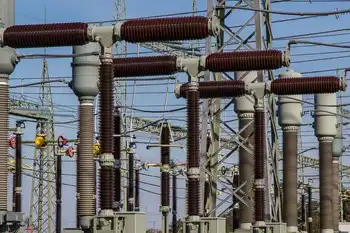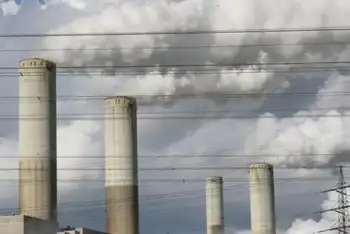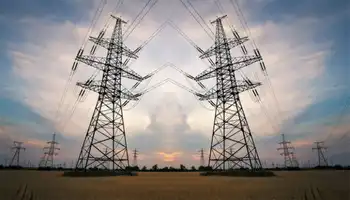1,000 MW East-West Interconnector announced for Ireland
By Politics.ie
Protective Relay Training - Basic
Our customized live online or in‑person group training can be delivered to your staff at your location.

- Live Online
- 12 hours Instructor-led
- Group Training Available
Amongst the MinisterÂ’s initiatives are;
· Development of a 1,000 MW electricity interconnection project to Wales
· A drive to an all-Island Energy Market
· Increased focus on Renewable Energy
· Expanded Three-Person Commission for Energy Regulation
· Consumer and Competitiveness concerns brought centre stage
East-West Electricity Interconnector
Minister Ahern said he had received approval from Government to develop a project for two 500 MW interconnectors between Ireland and Wales, which would represent one of the largest engineering projects undertaken in the history of the State.
“I will be asking the Commission for Energy Regulation to promote the development of ‘merchant’ interconnectors to be constructed, managed and owned by the private sector.”
“In the event that the market does not respond, I will ask the CER to host a tender competition for construction, management and ownership of regulated interconnectors.”
“To facilitate this approach, I am bringing forward a Bill to allow for an interconnector not owned by the ESB, to be subject to economic regulation by the CER. In any competition, I will be asking the CER to minimise the risk and the cost to Irish consumers.“
“By providing a potential 1,000 MW of additional electricity capacity onto the Irish grid, the interconnectors will provide many benefits, including enhanced security of supply, increased competition in the electricity market and integrate Ireland into the wider European energy market.
The Minister said he was confident that construction of the project, which would be by way of sub-sea cable in the Irish Sea, could get underway by 2006. A 500 mw interconnector alone would currently represent 10% of the Irish electricity market.
All-Ireland Energy Market
The creation of an All-Island Energy Market is now a key objective north and south. My counterpart, the NIO Minister for Enterprise, Trade and Investment, Ian Pearson, M.P., and I have regular bilateral meetings and have established a Joint Steering Group (JSG) to advance the all-island energy market project. Minister Pearson and I also decided that the JSG should hold an information seminar on its work for the energy sector. In accordance with this decision an Energy Forum is now scheduled to take place in March.
New Structure for the Commission for Energy Regulation “Recognising the critical role the Commission for Energy Regulation discharges and given the importance of the energy sector to the economy’s competitiveness, I have decided to expand the Commission to a three-person Commission. This is provided for under the Electricity Regulation Act 1999.”
“The role and work of the CER has grown enormously to include responsibility for gas regulation and a range of onerous regulatory tasks arising from EU driven energy market liberalisation measures. I believe that now is an opportune time to increase the membership of the Commission.”
“I want an expanded CER to have the capacity to focus more directly on environmental, consumer and competitiveness issues. The creation of a new three-person Commission will greatly assist to that end.”
Renewables Development Group
“One of my primary energy policy goals is to bring the Renewable sector into the mainstream of energy policy.”
“For too long this sector has been perceived as a marginal element in the energy sector. Plainly, this must change. In July last I committed the Government to the most significant ever national support programme for Renewable Energy technologies This was followed by the release of a consultation document on the future targets and support mechanisms for Renewable Energy in the electricity market. Comments on that paper are due by the end of this month.”
“The recent problems with grid connection for wind generators indicate clearly that all segments of the energy sector must begin dealing with the issues surrounding this sub-sector now. The Transmission System operator, the Regulator and the Renewables industry will have to focus to greater extent on facilitating the real potential of renewable energy.”
To that end, I am establishing a Renewables Development Group, chaired by my Department, where the Renewables Industry, the CER, SEI and the Network Operators will have a permanent forum to share expertise and to solve potential constraints to the development of this key sector.”
National Energy Policy Document
“National Energy Policy is formulated with three aims in mind – security of supply and environmental impact combined with the central focus on the contribution the energy sector can make to economic competitiveness.“
“This area of Government policy has been under review on a cross-Departmental basis and during March I intend to publish a paper setting out the issues currently facing the sector and the policy choices we must make going forward.”
“As the energy sector affects all components of our economy it is my intention to publish the paper for wide consultation.“











